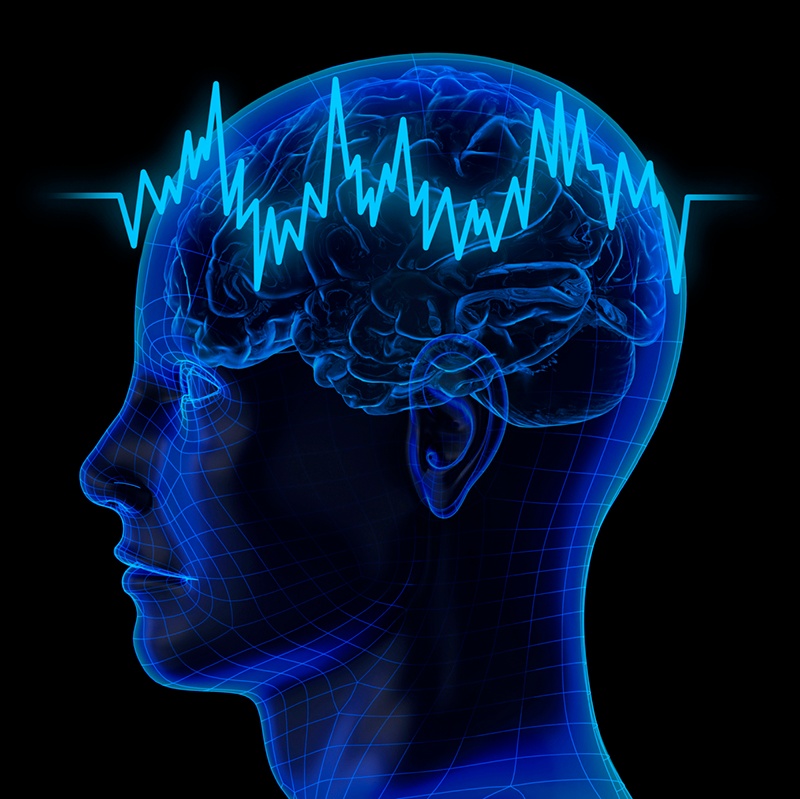We all have our preferred way of capturing memories, from taking a picture with a camera to recording the action with a camcorder. Now, you can add a wearable computing device to the list, thanks to a patent granted this week by the U.S. patent and trademark office.
Google secured the patent for the device, which includes a searchable memory database. The wearable computing device, similar to Google Glass, is capable of recording your life in real-time video and audio, and then storing the life experiences into a searchable format. You can then access these memories by asking a simple query, such as “What were the landmarks I saw on my trip to Rome?” “What movies did I see last month?” “Who did I meet at the party last weekend?” or “What was the mountain where I fell and broke my leg skiing.”
Unlike traditional Google searches that deliver search results from websites, blogs, videos and other content posted online by others, the new memory capturing computing device delivers results from your life experiences history data. You can search anything you did since wearing the device. Talk about total recall and no worries of forgetting things!
According to the patent and trademark office filing, the patent was submitted in the name of the inventor, who is also listed as the applicant, with Google Inc. as the assignee. The description of the device explains the workings of an embedded chip in a head-mounted wearable, complete with a camera and microphone, that stores the memories and makes them searchable, even across social networking sites.
The glasses on the device have multiple applications when set as see through like regular glasses, see around or see through a video display.
The goal of the device, according to the patent filing, is to create “a searchable history of real-world user experiences.” The device includes settings the user can choose and indicates when it’s collecting data based on those settings. The device then transmits the data to a cloud server for processing. The server will recognize the media data capture and add it to the user’s life experiences history.
According to patent drawings submitted to the patent and trademark office, the wearable computing device resembles glasses, similar to Google Glass. Although Google stopped selling Glass on January 19, 2015, the patent indicates that Google has found new plans for the invention moving forward.
Although the patent application was filed in 2012, the patent and trademark office approved it on July 28, 2015.
The invention is an improvement made to an existing product on the market and is the perfect example of the type of idea Lonestar Patent Services seeks when deciding to take on clients looking to patent a product using our comprehensive patent services. We’re also looking for inventors of specialty tools designed to perform specific tasks.
Our services are geared toward taking your idea to market and include:
- Invention analysis;
- Plan of action;
- Invention design;
- 2D/3D illustrations;
- Invention engineering;
- Patent protection;
- Market research;
- Manufacturers search;
- Invention brochures;
- Licensing and royalties.
If you’re ready to profit from your idea, we can help you get the ball rolling. Contact us to learn more about our complete patent services that protect your invention every step of the way.
And remember, no idea is too out of this world. After all, Google has patent filings in the works for space elevators, giving robots personalities and extending human life.


